|
|
 |
|
|
Never Again! – The Norwegian Defence Plan
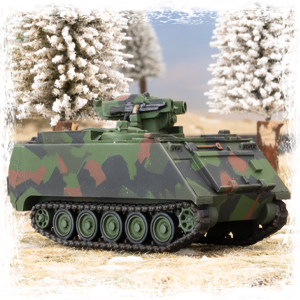 |
Never Again! – The Norwegian Defence Plan
By Adam Brooker
Today I would like to talk about the overall plan that Norway had to slow the Soviets if they invaded, yes slow, they did not expect to defeat them by themselves. But they did have a plan to win eventually, so let’s have a look at it.
As one of the first signatories to NATO in 1949, Norway has always recognised that it would be one of the first targets of Soviet aggression in the case of hostilities between NATO and the Soviet Union. In return NATO has seen Norway as a cornerstone in the NATO defence plan because of its strategic location in the North Atlantic, the same reason it was invaded by the Germans in WW2.
|
|
Despite Norway claiming neutrality in 1939, the Germans still invaded in April 1940 to secure its coal and iron ore shipments from Sweden and threatened Allied shipping in the North Atlantic from captured Norwegian naval bases. The Norwegians resisted for a few months with the British and French, but by June 1940 Norway surrendered, and it was not liberated until May 1945 when the Germans surrendered.
|
|
Hence Norway was very sceptical that claiming neutrality in any future conflict would help them at all, especially given the occupation of other previously independent nations in Eastern Europe after WW2 by the Soviets. They felt it was very likely that the Soviets would invade them in the future, so when NATO was formed in 1949, they were one of the first signatories.
|
|
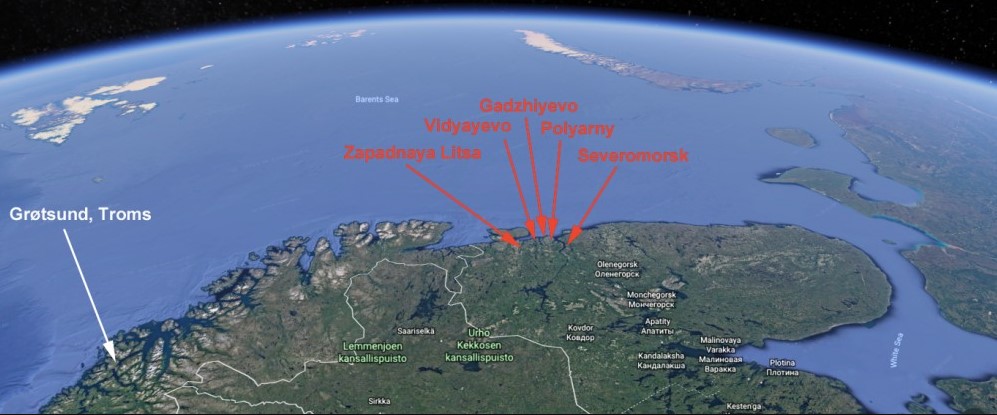
|
| Kola Peninsula – Northern Fleet HQ Severomorsk |
|
The Soviets began to invest significant resources into the nearby Kola Peninsula, expanding the military and naval bases there, making it one of the most fortified and comprehensive military areas in the world. The Kola Peninsula is an important ice-free North Atlantic military harbour, with seven naval bases, several shipyards, air bases, barracks and military production facilities spread around the peninsula. It had over 200 submarines in the naval bases, mostly nuclear, as well as two-thirds of the Soviet nuclear forces based in the area during the Cold War.
|
|
The main sea route from the Kola Peninsula to the North Atlantic was along the Norwegian coast, it was the access point for the Soviet fleets to the coasts of the US and UK, as well as the other Western European countries. It was also a critical area for the Soviets to control if they wanted to strangle the resupply of troops and material from the US and the UK to Western Europe in the case of war.
|
|
The Soviets saw the capture of Norway as critical to their overall success and it would have been one of the first nations they invaded. The NATO allies of course recognised this and had plans put in place to counter this, and the Norwegians never again wanted to be under the heel of another nation, the whole of Norwegian society was prepared for a “total defence” war in case of a Soviet invasion.
|
|
Part of this preparation was massive US economic support for the construction of air bases, harbours, ammunition and arms stockpiles, fortifications and monitoring and early warning systems, as well as support for fully modernised Norwegian military forces. Also, plans were put in place to supply and train NATO “stay behind” Forces, as well as other intelligence-gathering activities that would be critical to NATO forces when the Western Forces counterattacked.
|
|
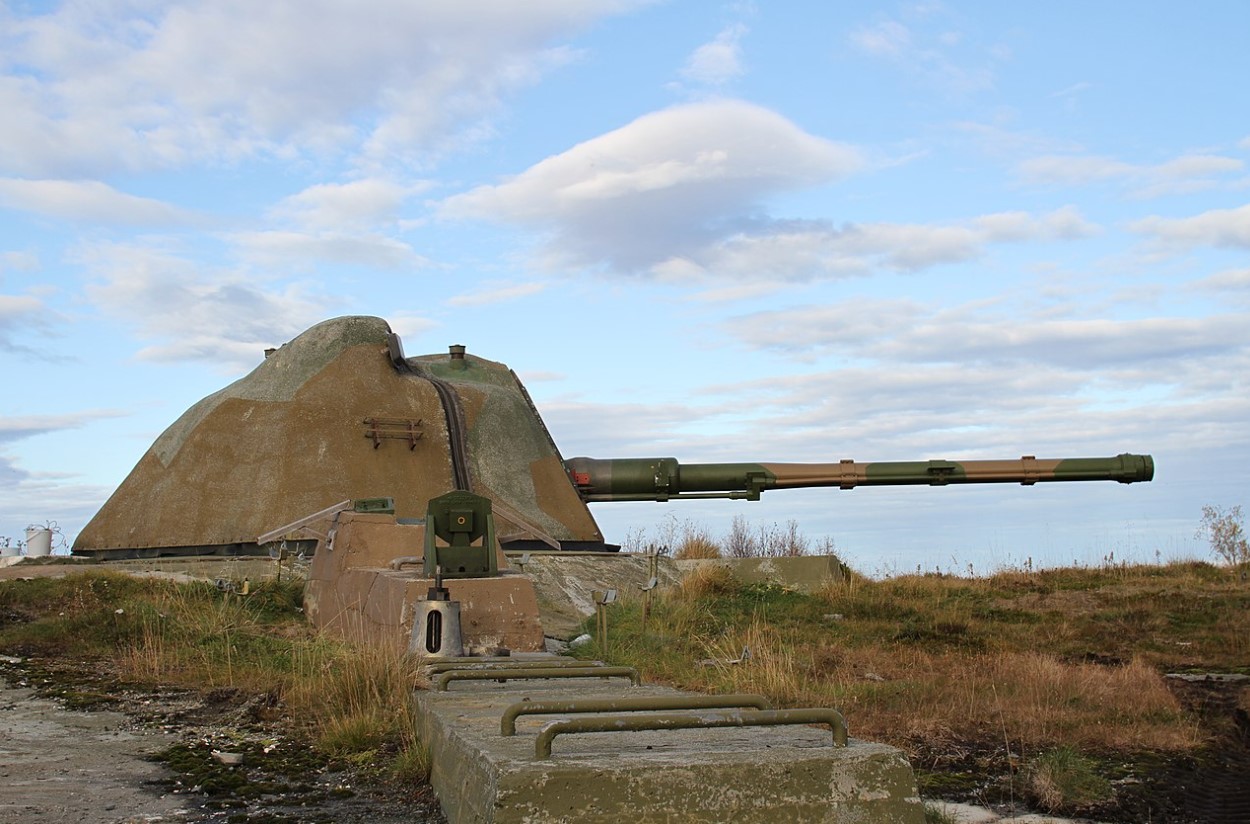
|
|
Coastal Defence Fortification
|
|
The next part was the Norwegian armed forces themselves, being a small nation with a modest population meant they were never going to be able to go toe to toe with the numbers the Soviet Union could throw at them, they knew this and were going to adopt a strategy of delaying action whilst retreating to prepared positions and defence lines and fortifications. Basically, trading space (and lives) for time, time enough to delay the Soviets to allow time for the NATO Quick Reaction Forces and their other Allies like Finland and Sweden to come to their aid.
|
|
The long centre of Norway is protected by geography, and Sweden and Finland themselves, for the Soviets to attack directly through there, they would need to have defeated both nations. So, it was expected the more practical route for the Soviets would take, was both direct land assaults through Finnmark and amphibious/airborne assaults at bases along the northern coast.
|
|
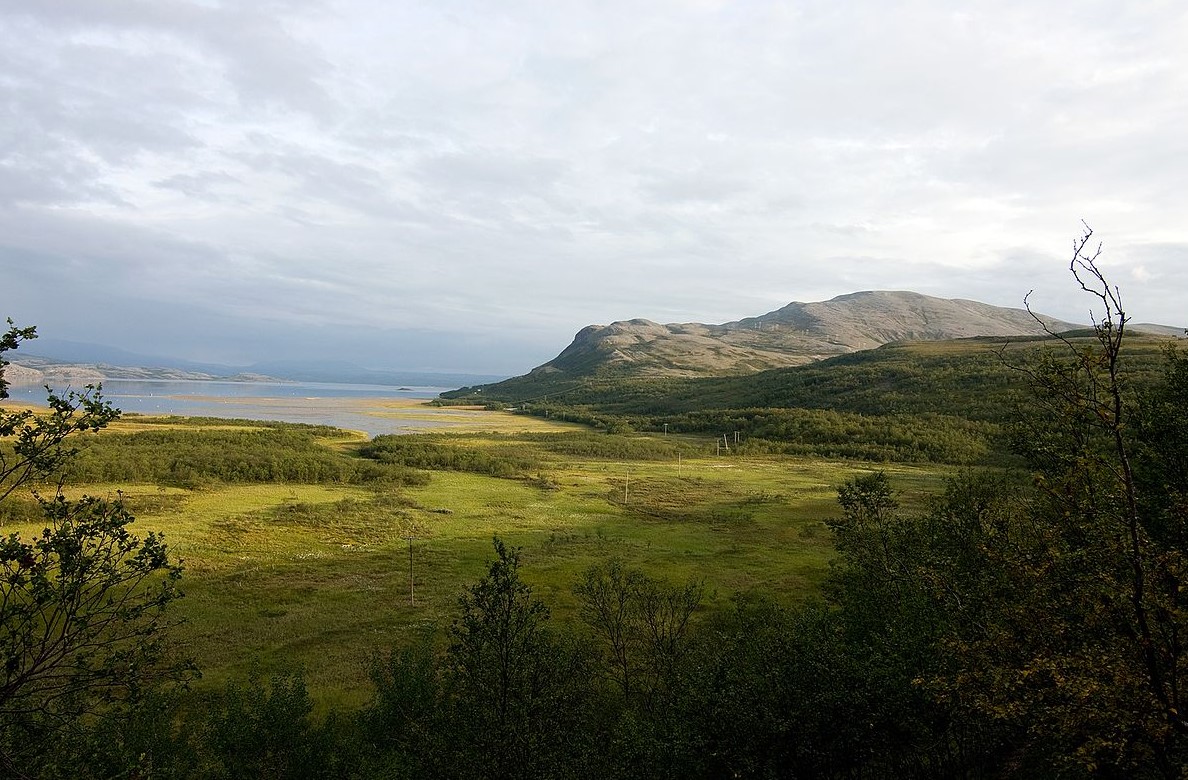
|
| Finnmark – Terrain in Spring |
|
The Norwegian Army had one regular standing formation, the Brigaden i Nord-Norge (Brigade in Northern Norway), and in the event of war was to be deployed immediately to Finnmark in the north. There were two other reservists Brigades, Brigaden i Sør-Norge (Brigade in Southern Norway), and the 12. Brigaden (12th Brigade) which were also mechanised and would assemble and reinforce Brigaden i Nord-Norge soon after the invasion, it was the Northern Brigade's task to give them this time. There were another 9 infantry brigades made up of mostly reservists, numbered by their defence districts, and a Heimevernet (Home Guard). There were also 3 independent armour Squadrons (2x Leopard 1 and 1x M48), as well as supporting AA and artillery battalions.
|
|
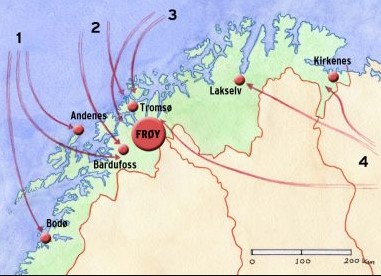
|
|
Expected Soviet Assaults
|
| The Soviets were not just expected to attack through Finnmark, see above showing expected attacks, 1. Soviet long-range bombers, 2. VDV air assault, 3. Amphibious marine assaults, and 4. Motorised infantry and tank assault over land. The Red dots are Norwegian defence positions, either fortifications, torpedo stations or minefields. But they knew they could not hold the Soviets, so Brigaden i Nord-Norge was expected to attempt a fighting withdrawal, slowing the Soviets, so reinforcements could get to the Frøy Defence Line, which was a prepared Infantry Defence line that had been built from the 1950s to 1990s. |
|
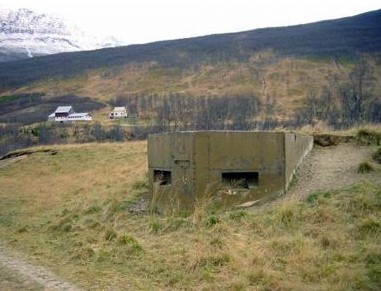
|
| Frøy Defence Line - Fortifications |
|
Additionally, Norway was prepared for a long, drawn-out conflict with the Soviets, an all-out war, they were not going to repeat the 1940s where Germany surprised an unprepared Norwegian nation. They had caches of military equipment, arms, fuel, ammunition, and supplies hidden through-out the country. These were often camouflaged to look like normal cottages, garages, and storage buildings. As well as dedicated ‘stay behind’ forces, from Norwegian Intelligence, which would provide intelligence on enemy movements, sabotage enemy equipment and other guerilla activities.
|
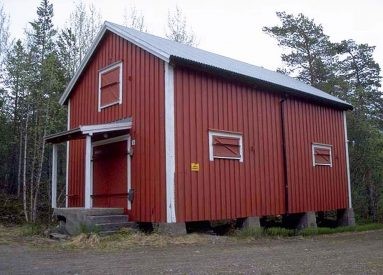 |
| Camouflaged supply cache |
|
The Norwegian Air Force and Navy would probably have its hands full trying to defend against bombers and amphibious attacks. They had F-16 Fighting Falcons (4 Squadrons) and NF-5A Freedom Fighters (1 Squadron), but were primarily air defence, not close support. They also had transport helicopters, but no ground attack helicopters like the Apache or Cobra gunship. For that they would need to rely on reinforcing US Marine Expeditionary Force assets.
|
|
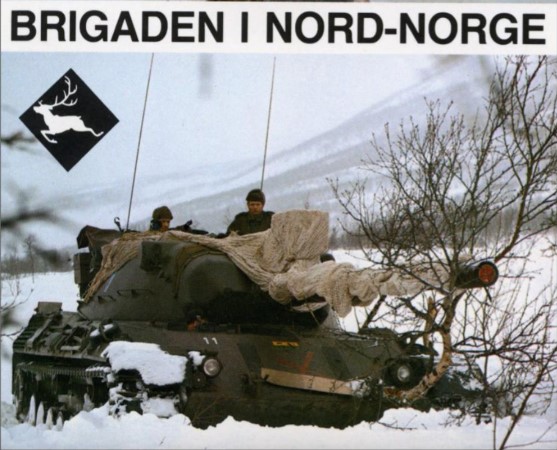
|
|
Norwegian Leopard 1
|
|
Brigaden i Nord-Norge consisted of a HQ, its 1st Armoured Battalion (Leopard 1), two Mechanised Infantry Brigades 2nd and 3rd (MN135 & M113), a Mechanised Reconnaissance Squadron (NM135 or Feltvogn), a self-propelled Field Artillery Battalion (M109), a Mechanised Anti-tank Squadron (NM142), and a Mechanised Anti-aircraft Company (NM195). Its main task was to act as a standing contingency force, mainly in the North (Finnmark), until the reserve forces were mobilised, and to provide training and experience to first-time conscripts to the Army. The 14th and 15th reserve Brigades located in the Finnmark area would also help them slow the Soviets.
|
|
With these forces they would begin a fighting withdrawal back towards the Frøy Defence Line, they would harass and delay advancing Soviet mechanised formations, ambush them, and pull back to prepared defensive positions, to delay them yet again. But they were not just relying on Norwegian reinforcements, but also NATO QRFs (Quick Reaction Force).
|
|
The main NATO forces who would be quickly moved to support Norway would be the US Marine 4th Expeditionary Brigade, the UKNLAF Battlegroup (United Kingdom Netherlands Amphibious Force) consisting of the British 3rd Royal Marine Commando and Dutch Marine Corps, the Canadian 5th Mechanised CAST Brigade, and the multi-national Allied Command Europe Mobile Force Land. These would either land via amphibious landing ships like the US Marine and UKNLAF Battlegroup or would be landed via safe ports in Southern Norway eg. The ACE Mobile Force Land or Canadian CAST Brigade. The rapid reaction QRFs are designed to deploy within 48 hours of receiving orders, so it would be possible for NATO reinforcements to land in Norway within 5 days but possibly longer, which would of course depend on the levels of resistance from the Soviet Air Force and Navy.
|
|
You would expect the Soviets to be deploying every cruise-missile armed bomber, cruiser, destroyer, and nuclear attack submarine in its Northern Fleet to hunt the vulnerable QRFs as they crossed the North Atlantic.
|
|
Well, I hope this gave you some idea of how historically the NATO allies planned to delay and fight back against the Soviets. Additionally here are some period pictures of camouflaged Norwegian vehicles that you can use as inspiration for your own forces.
|
Last Updated On Thursday, September 21, 2023 by Ryan Smith
|
|
|